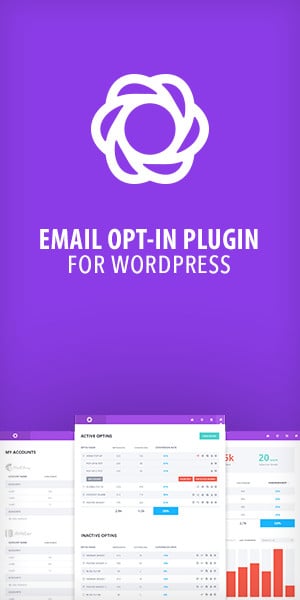Let’s examine some of the best strategic content planning tips for small businesses.
Content planning is developing a content strategy for an organization. The goal of content planning is to identify the best ways to distribute content and develop a plan to create and publish that content.
Any successful content marketing strategy starts with careful planning.
How to Create a Content Planning Strategy?
Before you write, it’s important to take some time to think about your goals and objectives.
- What are you trying to achieve?
- Who is your target audience?
- What kind of content will resonate with them?
Once you understand your goals, you can start putting together a content plan. This will help you stay on track and make sure that your content is relevant and engaging.
It’s also a good idea to set aside some time each week to brainstorm new ideas and come up with fresh content topics.
By taking the time to plan, you can ensure that your content marketing efforts are effective and efficient.
Content Planning Checklist
We will now look at some of the best content planning tips.
As any content marketer knows, creating high-quality, engaging content is essential to success. However, crafting effective content can be a challenge. That’s where content planning comes in.
Online marketers must take the time to develop a solid content plan. You can ensure that you focus the content on relevant and engaging material.
Some steps in this content planning process include:
01. Identifying Target Audiences
Any successful content writer will tell you that content planning is essential to the writing process. Without a clear plan, it’s easy to get sidetracked.
Not having a strategic content plan can make you produce content that doesn’t align with your goals. That’s why the first step in any content writing project should identify your target audience.
Who are you writing for? What are their needs and interests? Once you have a good understanding of your audience. You can develop a content strategy that will resonate with them.
So research and identify the demographic of your target audience. It involves thinking about the content that will appeal to the target demographic. As well as the sort of topics that would interest them.
You’ll also need to consider how often you’ll be creating new content. What format will take will the content take, how will you distribute it, and how you’ll be promoting it? Also, have a good content planning template that will interest your target audience.
02. Creating Personas
One key element of content planning is creating personas. You can base the personas on the demographic and target audience you are looking to attract.
Personas are fictional characters that represent your target audience. Developing personas helps you to better understand your audience’s needs and desires. This allows you to create content that resonates with them.
As you develop your personas, be sure to consider their demographics, interests, and motivations. Once you have a good understanding of audience personas, you can start planning your content around them.
Once you have a clear plan in place, you’ll be well on your way to creating engaging, relevant content that will resonate with your target audience.
Only then can you create content that will achieve your desired results.
03. Content Plan Ideas
Determine what types of content you will need to meet organizational goals and objectives.
One of the key content marketing frameworks to consider is content. Your content plan will be most effective when it meets company goals and objectives.
Coming into focus now are factors such as target audience, messaging, and messaging strategy. These will all play a role in determining what content will achieve business goals.
Creating a content plan can help to facilitate this process. By providing a framework for prioritizing content needs. Besides deciding on the right combination or format of content.
What does content creation include? Some common types of content that are often included in content plans include blog posts, social media posts, video content, infographics, and e-books.
It is important to consider how content development needs may change. As audience preferences evolve, so should your content. Likewise, as budget constraints become flexible, content types can change.
By taking these various considerations into account when creating content plans. Organizations can ensure that they are delivering the most relevant and engaging content possible to their target audiences.
05. Content Planning Calendar
Develop a timeline for publishing that content.
For content publishing, one of the most important first steps is to create an editorial calendar.
This content calendar plan serves as the blueprint for all content to create. It can cover the coming weeks, months, or years. Outlining topics, formats, and delivery channels.
Once you have good content plan ideas, you can build out an editorial schedule. This content schedule lays out specific dates and times when you will publish specific content. Depending on your goals and needs, both in the short-term and long-term.
Include information such as promotion tactics in your content schedule. Overall, developing a content timeline is an essential step for publishers looking to stay on top of their content marketing efforts.
When planning the timing of content in a calendar, always consider the factors of search engine optimization, blog frequency, and target audience. You also need to consider the time of day that your audience is most active online.
How to Improve Content Planning and Analysis?
The content strategist must assess whether the current digital presence is weak or strong.
Analyzing the digital presence of the organization is incredibly important to make sure that the company is on the right track.
Is there a content schedule for creating and publishing content regularly? There is also a social media strategy in place. But it is not resulting in increased engagement with fans and followers.
Following the above content planning tips would help you make some improvements. The organization’s current digital presence would strengthen with some minor tweaks.
For example, the topics of the blog content plan could be more focused. On topics that are relevant to the organization’s mission and goals. The social media strategy could include more platforms and content types.





